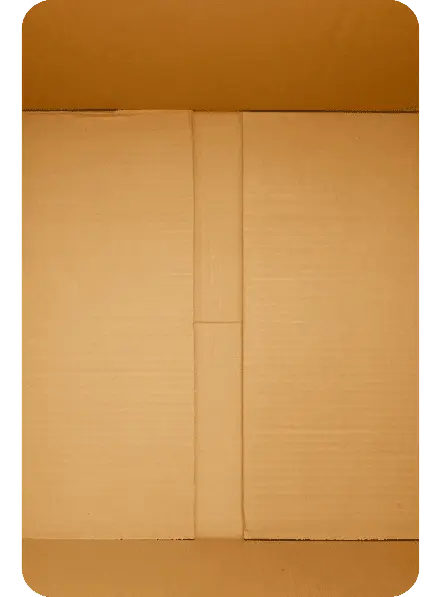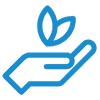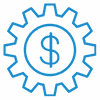Cardboard Packaging

Cardboard is a lightweight, cost-effective, and recyclable staple in the packaging sector. It serves various purposes, from custom boxes and tubes to display stands.
Types of Cardboard
Cardboard generally refers to heavy-duty paper-based products that are stronger, more rigid, and more durable than simple paper. Different types of cardboard have their unique qualities and applications:
1. Single face board: Corrugated material with two layers, primarily for package cushioning.
2. Single wall double face board (3-ply): Corrugated with two flat sides for general shipping.
3. Double wall board with AB flute (5-ply): More durable than 3-ply, used for heavier shipping.
4. Mat board: Multi-ply fiberboard for picture frames.
5. Paperboard: Single-ply cardboard for items like cereal boxes and toilet paper rolls.
Why Use Cardboard for Packaging?
As a packaging material, cardboard is a popular choice for a lot of reasons. It offers a lower carbon footprint across the board when compared to plastic. It is also more durable than paper while being far lighter and more cost-effective than metal or wood.
Other benefits of cardboard include the following:
 Versatile: Customizable, tear-resistant, and suitable for various needs.
Versatile: Customizable, tear-resistant, and suitable for various needs.
 Branding friendly: Easily printed or stickered for a personalized touch.
Branding friendly: Easily printed or stickered for a personalized touch.
 Eco-friendly: Highly recyclable with a lower carbon footprint than plastic.
Eco-friendly: Highly recyclable with a lower carbon footprint than plastic.
 Sustainable: Produced sustainably and degrades faster than plastic.
Sustainable: Produced sustainably and degrades faster than plastic.
 Economical: Affordable and space-efficient for storage.
Economical: Affordable and space-efficient for storage.
Packaging Types with Cardboard
Cardboard packaging is used for several applications. Industries such as food and beverage, electronics, fashion, cosmetics, jewelry, pharmaceutical, cleaning supplies, and many more rely on cardboard for shipping, storing, and retail display purposes.
To suit the needs of various applications, there are several types of cardboard packaging solutions, including:
- Die-cut: Customizable and perfect for unique packaging needs.
- Folding: Standard boxes for varied product sizes.
- Shelf-ready: Transport and display combined in one.
- Pre-cut: Dividers or padding for extra protection.
- Large format: For larger products like TVs or furniture.
- Slip lid: Boxes with a complete lid overlap.
- Shipping: Durable boxes for safe delivery.
- Sales: Branded packaging for direct sale products.
Cardboard also serves as product backings and display stands, making it an efficient and cost-effective solution for packaging.
Econo-Pak’s Cardboard Solutions
With over four decades in the packaging industry, Econo-Pak offers top-notch cardboard packaging solutions tailored to your product’s needs. Our expansive facility guarantees quality and efficient packaging services. Request a quote today to get a fixed price for your project.
Let's start scaling.
Is your demand outpacing your ability to package your own product? Then consider outsourcing with Econo-Pak.
With over 40 years of experience working with both small brands and Fortune 500 companies, we are capable of handling your specific dry food product.
Get in touch with our team for a fixed-price quote for your project.








